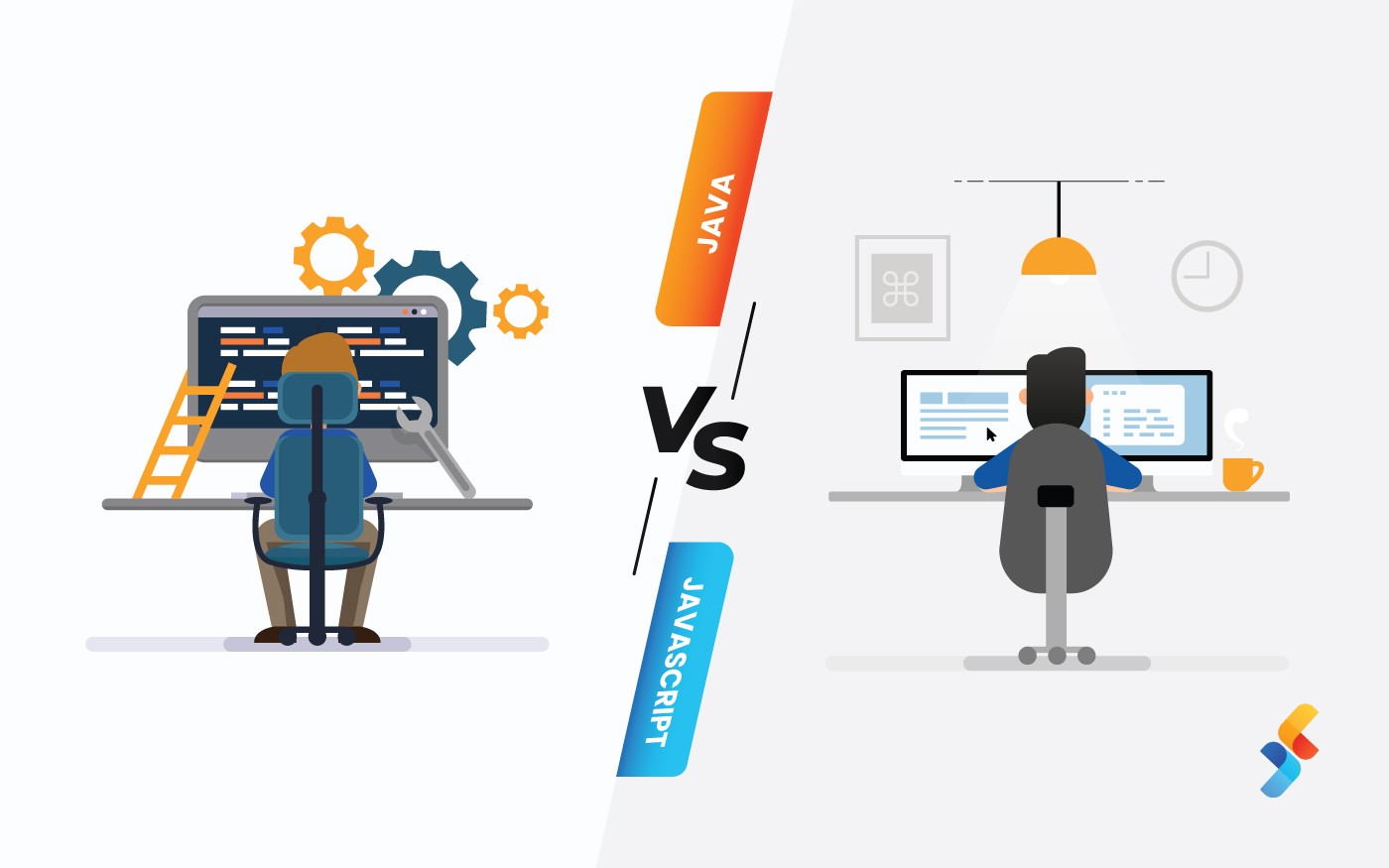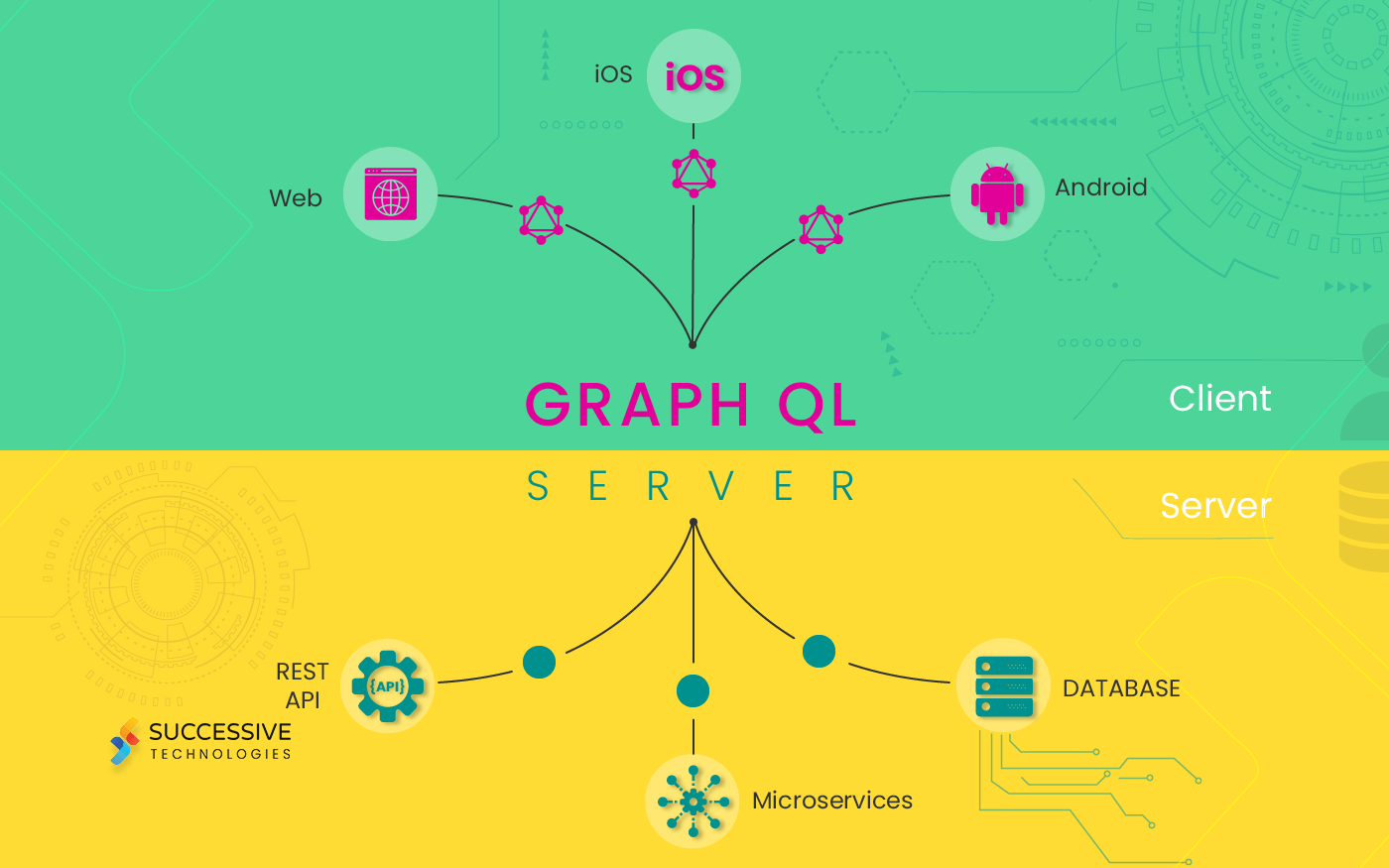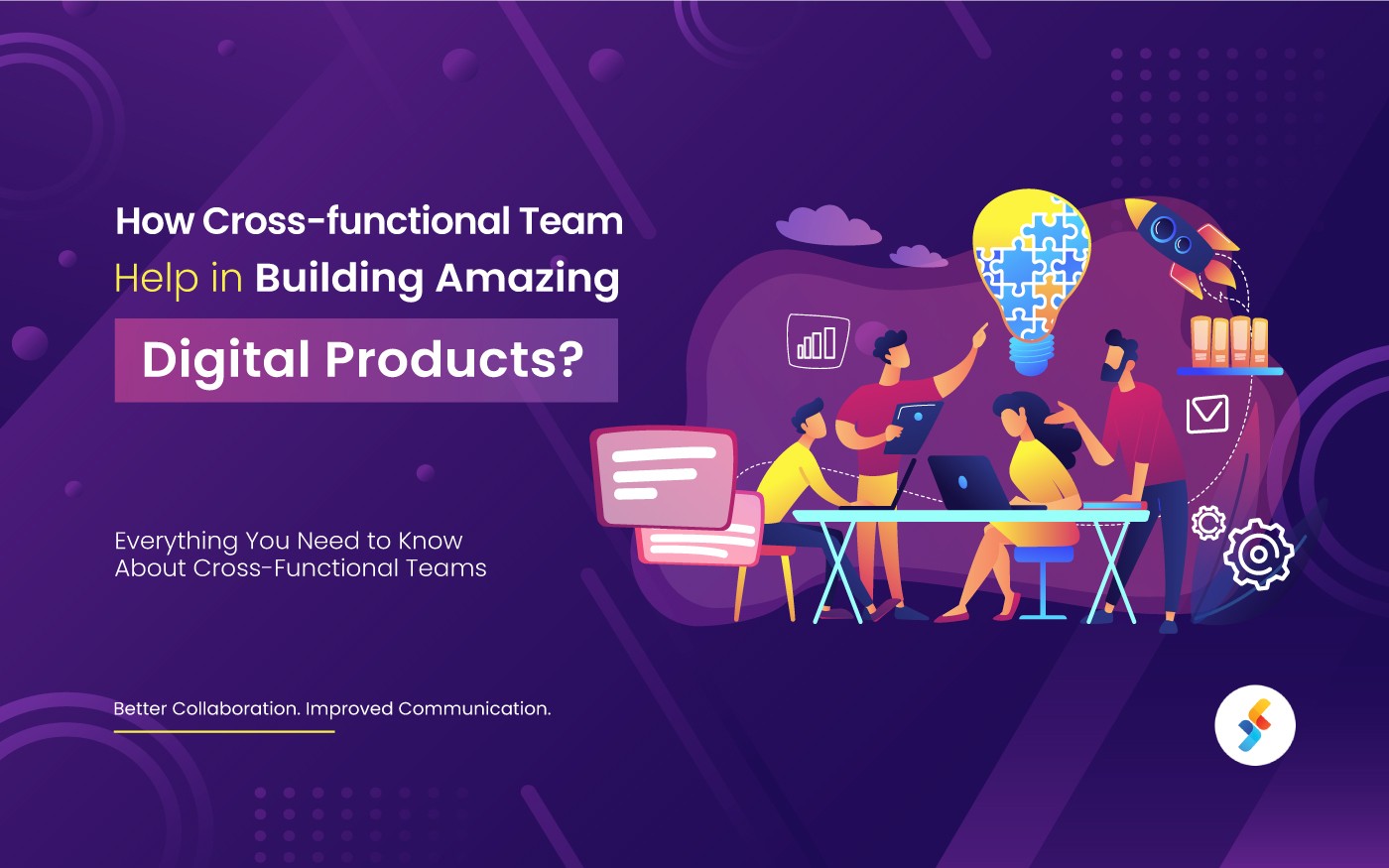What is Waterfall methodology?
Waterfall Model methodology which is also known as Linear Sequential Life Cycle Model. The Waterfall Model followed in sequential order, and so the project development team only moves to the next phase of development or testing if the previous step completed successfully.
What is the Agile methodology?
Agile methodology is a practice that helps continuous iteration of development and testing in the software development process. In this model, development and testing activities are concurrent, unlike the Waterfall model. This process allows more communication between customers, developers, managers, and testers.
Advantages of Waterfall Model:
- It is one of the easiest models to manage. Because of its nature, each phase has specific deliverables and a review process.
- It works well for smaller size projects where requirements are easily understandable.
- Faster delivery of the project
- Process and results are well documented.
- Easily adaptable method for shifting teams
- This project management methodology is beneficial to manage dependencies.
Advantages of the Agile Model:
- It is a focused client process. So, it makes sure that the client is continuously involved during every stage.
- Agile teams are extremely motivated and self-organized so it is likely to provide a better result from the development projects.
- Agile software development method assures that quality of the development is maintained
- The process is completely based on incremental progress. Therefore, the client and team know exactly what is complete and what is not. This reduces risk in the development process.
Limitations of Waterfall Model:
- It is not an ideal model for a large size project
- If the requirement is not clear at the beginning, it is a less effective method.
- Very difficult to move back to make changes in the previous phases.
- The testing process starts once development is over. Hence, it has high chances of bugs to be found later in development where they are expensive to fix.
Limitations of Agile Model:
- It is not a useful method for small development projects.
- It requires an expert to make important decisions in the meeting.
- Cost of implementing an agile method is little more compared to other development methodologies.
- The project can easily go off track if the project manager is not clear what outcome he/she wants.
Conclusion:
Agile and Waterfall are very different software development methodologies and are good in their respective way.
However, there are certain major differences highlighted below –
- Waterfall model is ideal for projects which have defined requirements, and no changes are expected. On the other hand, Agile is best suited where there is a higher chance of frequent requirement changes.
- The waterfall is easy to manage, sequential, and rigid method.
- Agile is very flexible and it is possible to make changes in any phase.
- In the Agile process, requirements can change frequently. However, in a waterfall model, it is defined only once by the business analyst.
- In Agile Description of project, details can be altered anytime during the SDLC process which is not possible in Waterfall method.












